MANILA, Nov 16, (V7N) - The Philippines is bracing for impact as Typhoon Man-yi, packing gusts of up to 215 km/h (133 mph), barrels towards the storm-battered nation. Set to make landfall late Saturday or early Sunday, authorities are scrambling to protect communities already reeling from a relentless month of devastating weather.
The sparsely populated island province of Catanduanes is in the typhoon’s direct path, with officials warning the storm could intensify into a super typhoon before landfall. Nearly 255,000 people have been evacuated across vulnerable areas prone to landslides, flooding, and storm surges, officials confirmed.
Interior Undersecretary Marlo Iringan issued an urgent appeal to coastal communities during a radio broadcast, emphasizing the need for swift action.
“If preemptive evacuation is required, let’s do so now. Waiting until the storm is upon us puts lives—yours and those of rescuers—in grave danger,” he said on DWPM Radio.
In Catanduanes, evacuation centers are nearing capacity. More than 400 people have taken shelter in the provincial government building in the capital Virac, with overflow being directed to nearby gymnasiums.
But not all centers feel secure. Provincial disaster officer Roberto Monterola said fear is keeping some residents away from a local gymnasium with a history of damage during previous typhoons.
“The upper walls are glass. If those shatter, injuries are unavoidable,” Monterola told Voice7News.
Monterola’s team has dispatched soldiers to forcibly evacuate about 100 households from coastal areas near Virac, where storm surges pose a major threat.
The storm, already the sixth major system to hit the Philippines in a month, has left a trail of destruction in its wake, with 163 lives lost, thousands homeless, and agriculture devastated. The country’s weather bureau warns that even regions outside Man-yi’s predicted landfall zone could face severe winds, heavy rain, and flooding.
“Regardless of where Man-yi hits, the entire region must stay vigilant,” officials urged.
Scientists point to climate change as a key factor behind the storm’s sheer intensity. Warmer waters are making typhoons stronger, bringing heavier rains and more catastrophic winds. The Philippines, which sees around 20 typhoons a year, is no stranger to severe weather—but such rapid-fire onslaughts are rare.
Man-yi’s impact could extend beyond coastal damage. The volcanology agency warns of potential lahars—flows of volcanic debris—triggered by torrential rain from Taal Volcano and two others south of Manila.
All vessels, from fishing boats to commercial tankers, have been ordered to port as authorities emphasize safety over operations.
As Typhoon Man-yi nears, the message from officials is clear: heed warnings, evacuate early, and prioritize safety over property.
END/WD/RH/



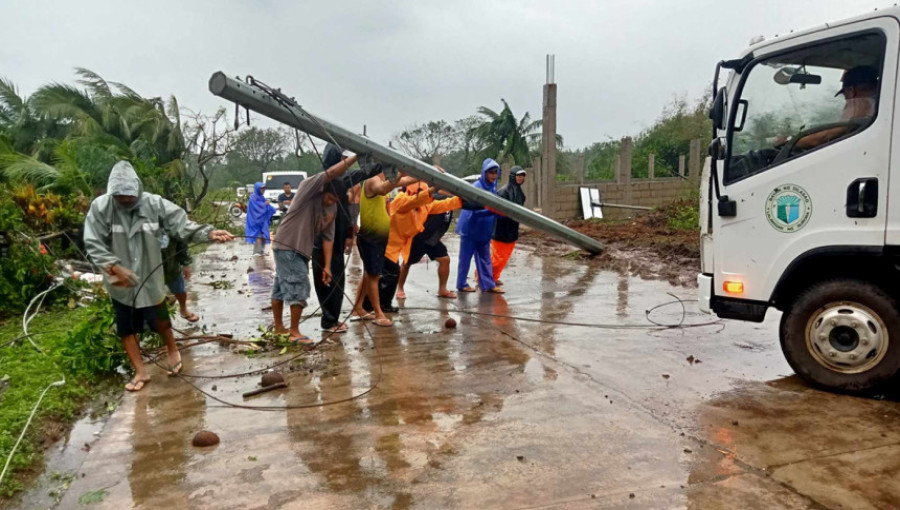
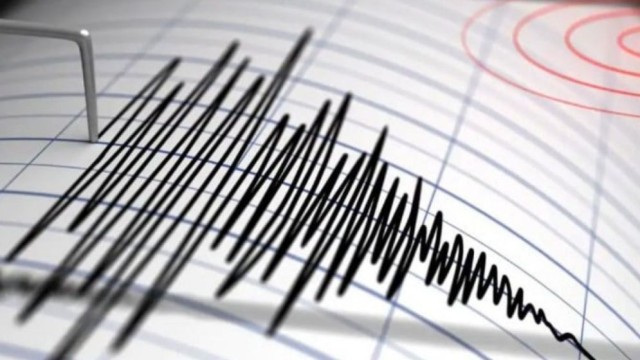
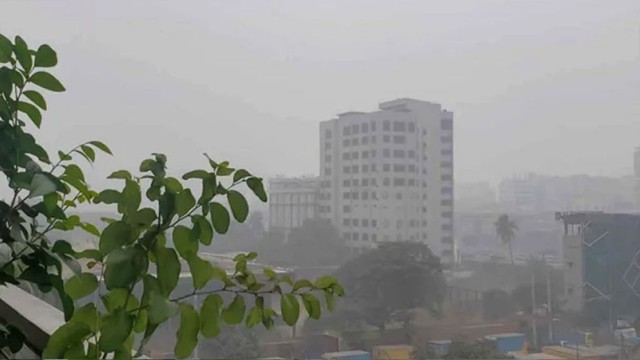
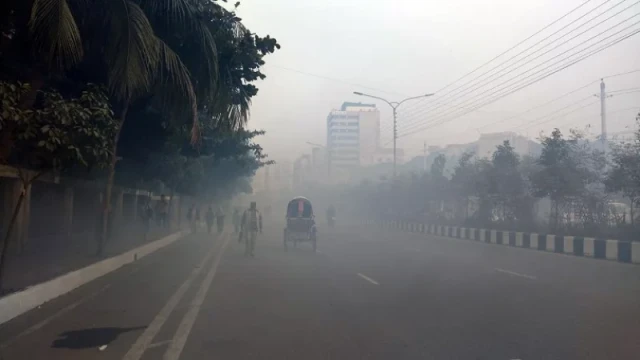
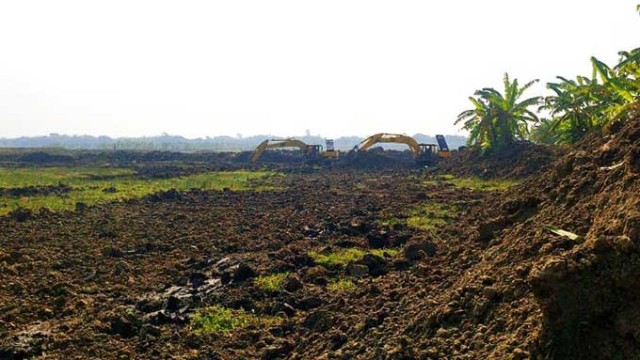


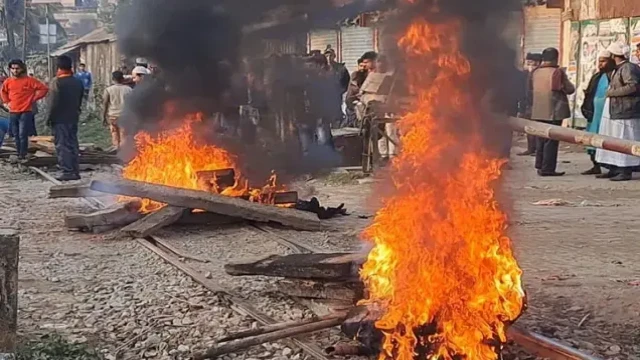







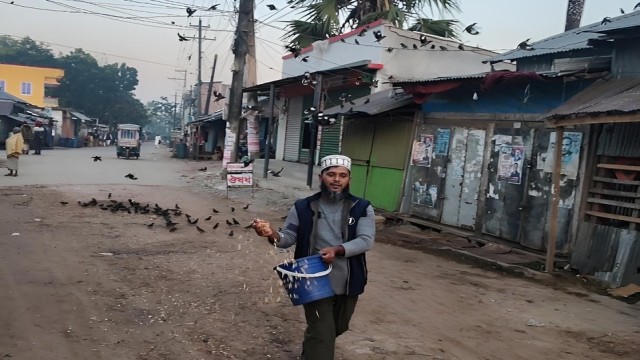








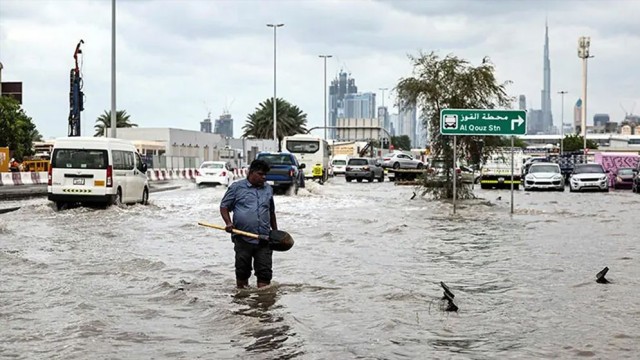



Comment: